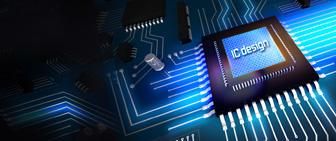As Nvidia's value soars past US$5 trillion and SpaceX cuts launch costs, the next data center boom may not be on Earth at all.
At a rare public appearance, Chinese artificial intelligence (AI) startup DeepSeek issued a stark warning: the long-term advance of AI could upend jobs and disrupt social structures, and companies must act by openly disclosing which professions are likely to disappear.

